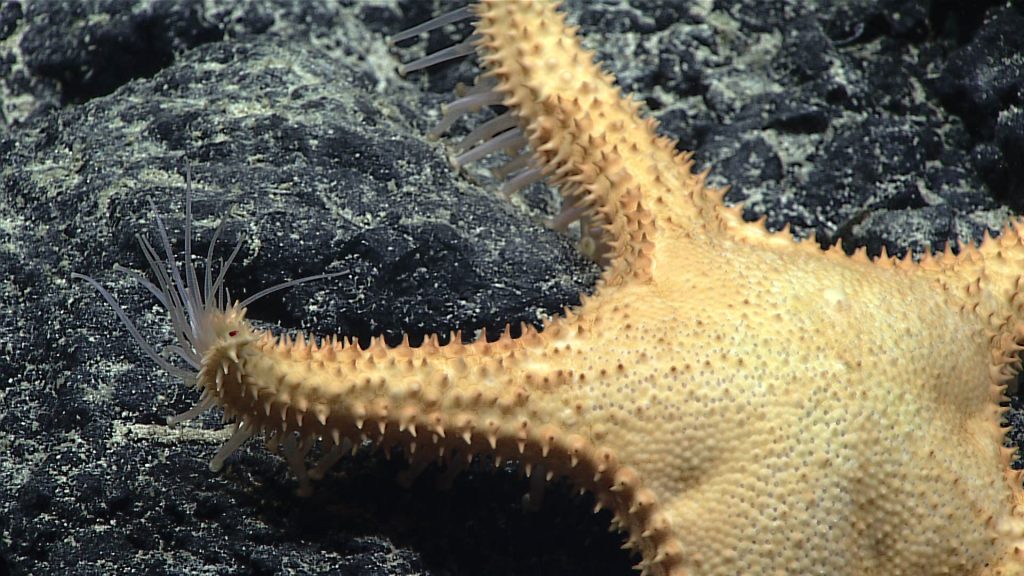Papahānaumokuākea Quadruples in Size
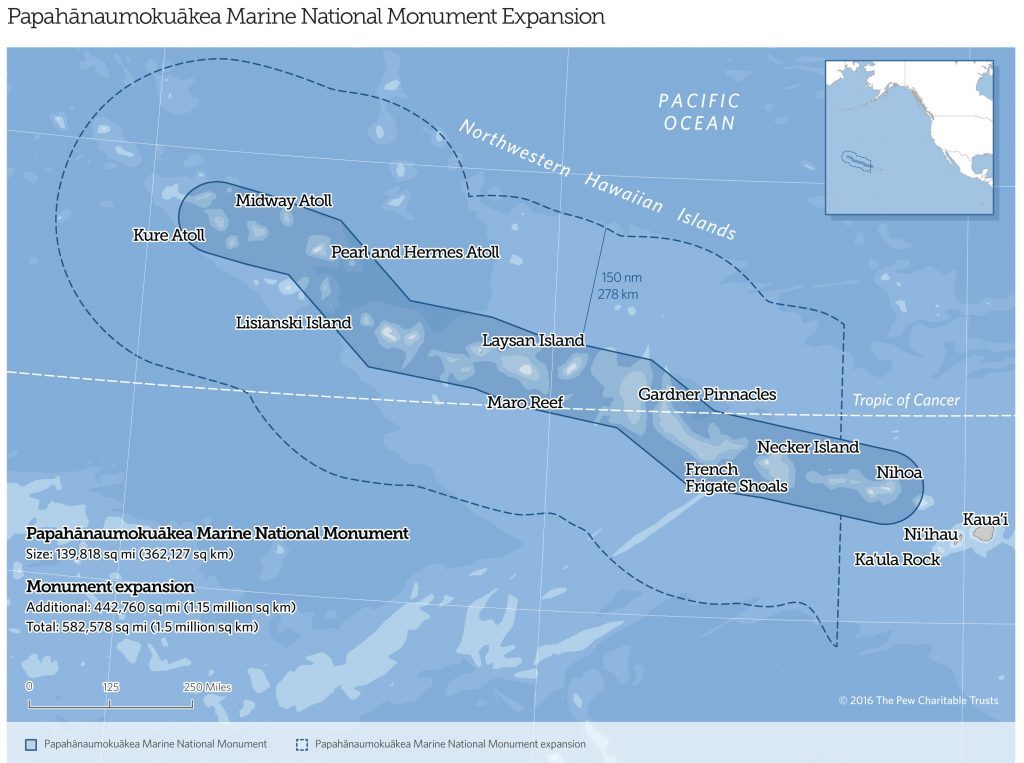
Today, President Barack Obama expanded the Papahānaumokuākea Marine National Monument off the coast of Hawai‘i, creating the world’s largest marine protected area.
Today, Friday, Aug. 26, President Barack Obama announced the expansion of the Papahānaumokuākea Marine National Monument by more than 442,000 square miles.
US Sen. Brian Schatz (D-Hawai‘i), who formally proposed the PMNM expansion in a letter to the president in June, applauded the decision. This action will create the world’s largest marine protected area by putting some of the world’s most important ocean ecosystems under conservation.
“This is one of the most important actions an American president has ever taken for the health of the oceans,” said Sen. Schatz. “Expanding Papahānaumokuākea will replenish stocks of ‘ahi, promote biodiversity, fight climate change, and give a greater voice to Native Hawaiians in managing this resource. President Obama’s declaration is only the beginning. To create continued success, we will need to follow through with management, research, educational opportunities and enforcement. This declaration sets us on a strong path forward for our irreplaceable environment and the generations to come.”
“I congratulate and thank the president for taking the important step to be a global leader in protecting ocean resources,” said US Sen. Mazie K. Hirono. “President Obama’s efforts to enhance protections for our ocean ecosystem will help to combat climate change, preserve biodiversity and honor cultural traditions. As part of his announcement, I appreciate the president’s recognition of the importance of commercial fishing to Hawai‘i’s way of life and our shared goal of supporting Hawaii’s sustainable pelagic fisheries.”

In June, a diverse coalition delivered more than 67,000 letters and petitions in support of the expansion of Papahānaumokuākea to the governor’s Hilo office. This group included Native Hawaiians, young children representing the next generation and Sen. Russell E. Ruderman.
Hawai‘i Gov. David Ige transmitted a letter to the president on Aug. 24, conveying his support for the expansion of the PMNM.
At 582,578 square miles, the declaration expands the PMNM west of 163° West Longitude out to the full 200 nautical miles of the US Exclusive Economic Zone, while preserving access for local fishermen on Kaua‘i and Ni‘ihau by maintaining the current boundaries of the PMNM east of 163° West Longitude.
President Obama will also grant Schatz’s request to make the Office of Hawaiian Affairs a Co-Trustee of the PMNM.

A corallium that is nearly completely overgrown by zooanthid (another type of cnidarian), and a brittlestar living in association. This particular species or coral is not commercially harvested, but is in the precious coral group that is often commercially harvested for jewelry at shallower depths. This photo was taken in the area that has now been added Papahānaumokuākea Marine National Monument. Photo courtesy of the NOAA Office of Ocean Exploration and Research, Hohonu Moana.

Sea star. This photo was taken in the area that has now been added Papahānaumokuākea Marine National Monument. Photo courtesy of the NOAA Office of Ocean Exploration and Research, Hohonu Moana.
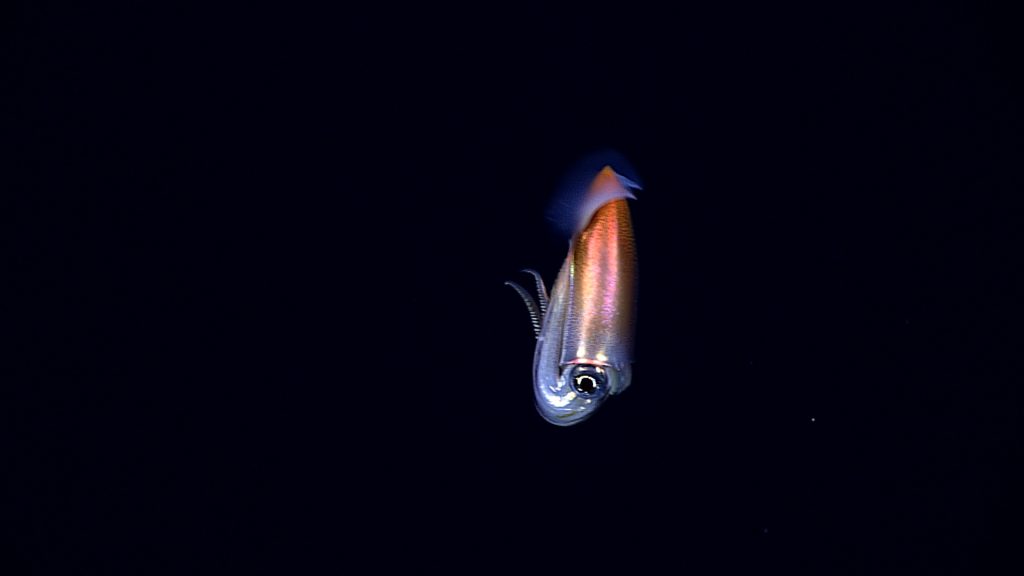
A squid, Walvisteuthis youngorum, is imaged at 900m during today’s mid-water transects off Northeast Gardner Pinnacles in the Northwest Hawaiian Islands. This photo was taken in the area that has now been added Papahānaumokuākea Marine National Monument. Photo courtesy of the NOAA Office of Ocean Exploration and Research, Hohonu Moana.

A close up shot of the polyps of a bamboo coral on an unnamed seamount just outside Papahanaumokuakea Marine National Monument. This photo was taken in the area that has now been added Papahānaumokuākea Marine National Monument. Photo courtesy of the NOAA Office of Ocean Exploration and Research, Hohonu Moana.
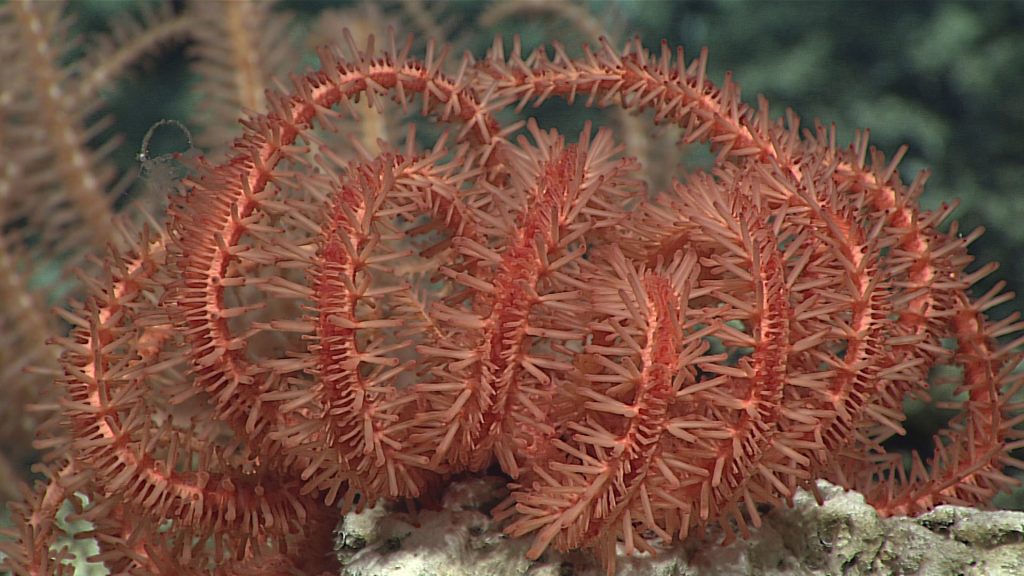
This brisingid sea star was imaged by Deep Discoverer while exploring an unnamed seamount just outside the Papahanaumokuakea Marine National Monument. This photo was taken in the area that has now been added Papahānaumokuākea Marine National Monument. Photo courtesy of the NOAA Office of Ocean Exploration and Research, Hohonu Moana.
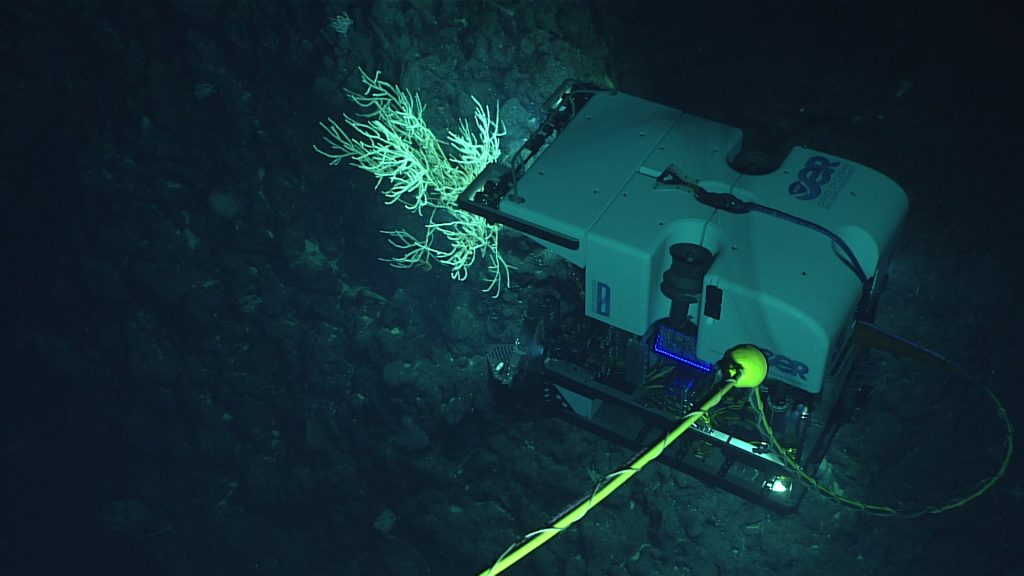
D2 investigates a coral on an unnamed seamount west of Salmon Bank. This photo was taken in the area that has now been added Papahānaumokuākea Marine National Monument. Photo courtesy of the NOAA Office of Ocean Exploration and Research, Hohonu Moana.
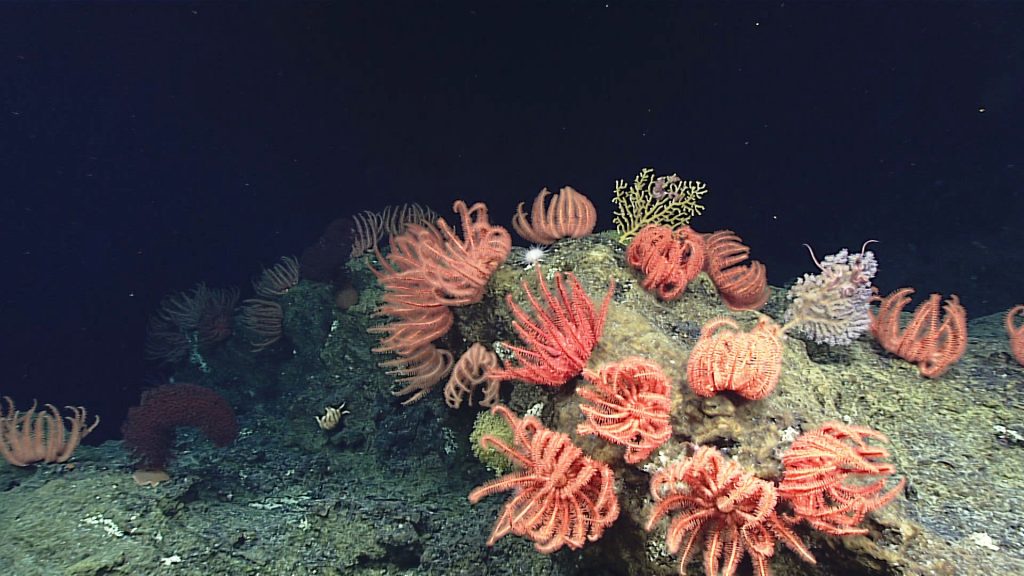
D2 discovered one of the largest aggregations of brisingid sea stars anyone on the ship had ever seen. This photo was taken in the area that has now been added Papahānaumokuākea Marine National Monument. Photo courtesy of the NOAA Office of Ocean Exploration and Research, Hohonu Moana.

This beautiful siphonophore was seen close to the ocean bottom on an unnamed seamount just outside Papahanaumokuakea Marine National Monument. This photo was taken in the area that has now been added Papahānaumokuākea Marine National Monument. Photo courtesy of the NOAA Office of Ocean Exploration and Research, Hohonu Moana.






